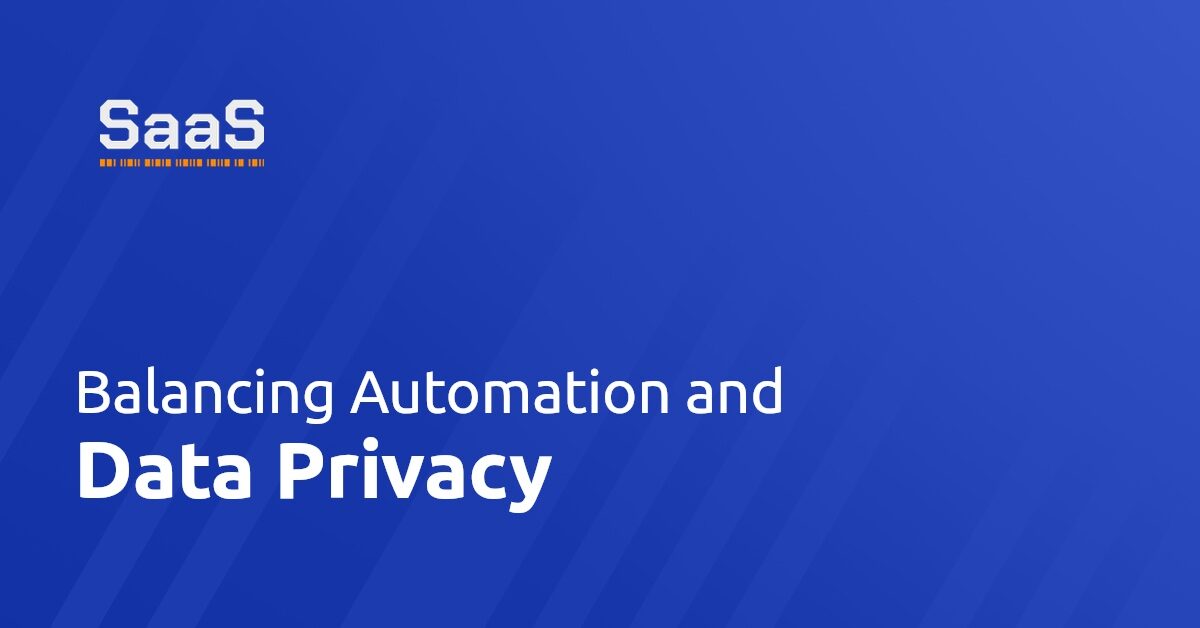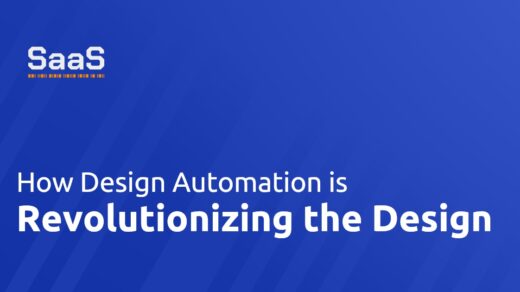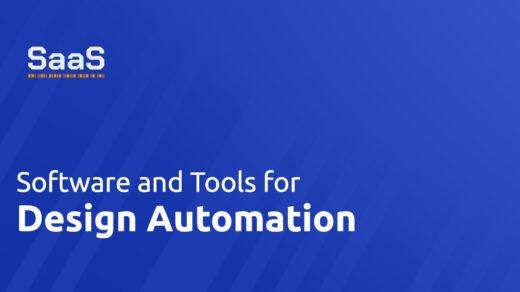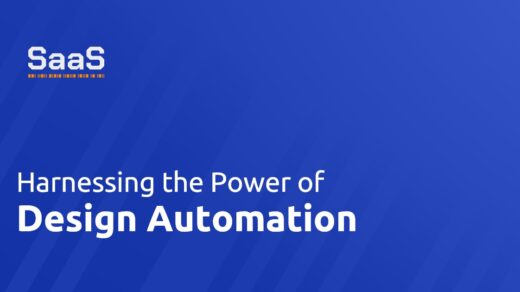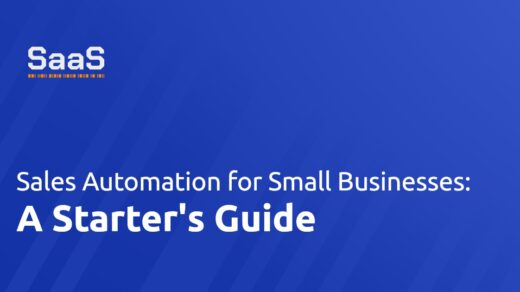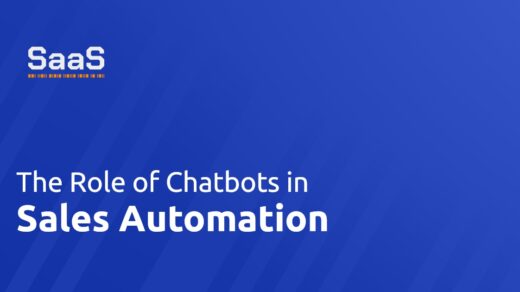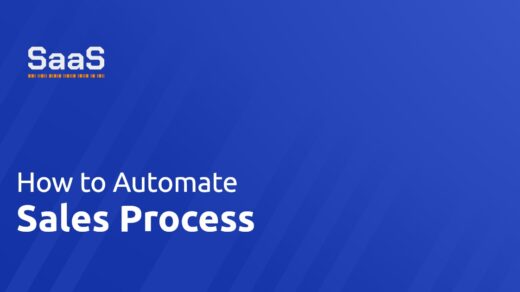Can automation preserve data privacy rights?
Automation has a significant role in enhancing data collection, storage, and processing activities. It significantly impacts how organizations deal with vast amounts of data, manage their operations, and make informed decisions. With its efficient workflows and systems, automation offers immense potential for data management, security, and privacy.
On the flip side, the potential of automation to preserve data privacy is a controversial topic. While automation can enhance data security and privacy measures, it can only do so as per the directives and mechanisms placed by humans. Specific policies, guidelines, and regulatory frameworks guide these directives and mechanisms.
Furthermore, the level of sophistication in automation technologies also influences this potential. Advanced techniques like artificial intelligence (AI) and machine learning can predict and respond to data breaches more efficiently than basic automation tools.
How to achieve a balance between automation and data privacy?
Striking a balance between automation and data privacy requires genuine efforts from organizations. Probity, clarity, and transparency in handling consumer data is the first step. This signifies focusing on the essentials, collecting only the necessary data, and disposing of it when no longer required.
Implementing robust data protection protocols is another aspect. It involves employing advanced automation technologies equipped with security features. These technologies should be capable of figuring out unusual patterns and notify about possible breaches.
Establishing a clear line of accountability within the organization is also crucial. This means that there should be a specific department or individuals responsible for handling data privacy. They are responsible for ensuring that automated systems comply with existing data privacy laws, updating these systems as laws evolve.
The potential risks of uncontrolled automation on data privacy
Uncontrolled automation presents serious potential risks to data privacy. First off, the increased potential for unauthorized access to data is alarming. Without strict controls in place, automated systems may leave data vulnerable to breaches.
Increased accessibility to data also means that hackers may find easier means of manipulation. They can exploit weaknesses in both software and hardware, causing significant damage to an organization’s databank.
Moreover, if automation is synced with lax data privacy regulations, then misuse or inappropriate handling of data could become rampant. It can also lead to the aggregation of more personal data than necessary, leading to privacy violations.
Strategies for protecting data privacy amidst increasing automation.
Protecting data privacy amidst the automation surge requires strategic thinking and continuous effort. To start with, robust cybersecurity measures are essential. They should not only be implemented but also audited and upgraded as per the changing cybersecurity landscape.
Use of encryption is an effective method to safeguard sensitive data. Encrypted data is unreadable to any unauthorized user, making it less vulnerable to breaches. Automation can further streamline encryption processes, making them more efficient while ensuring security.
Regular training and awareness programs for employees can also go a long way in preserving data privacy in automated environments. The training should equip them with essential details about data privacy laws, the importance of data protection, and the potential threat of breaches.
Lastly, remember that automation is a tool, not a solution. It should be handled with care and always under the supervision of qualified individuals. Technology alone cannot guarantee data privacy. It must be supported by strong frameworks, clear guidelines, effective regulations, and continued human vigilance.

